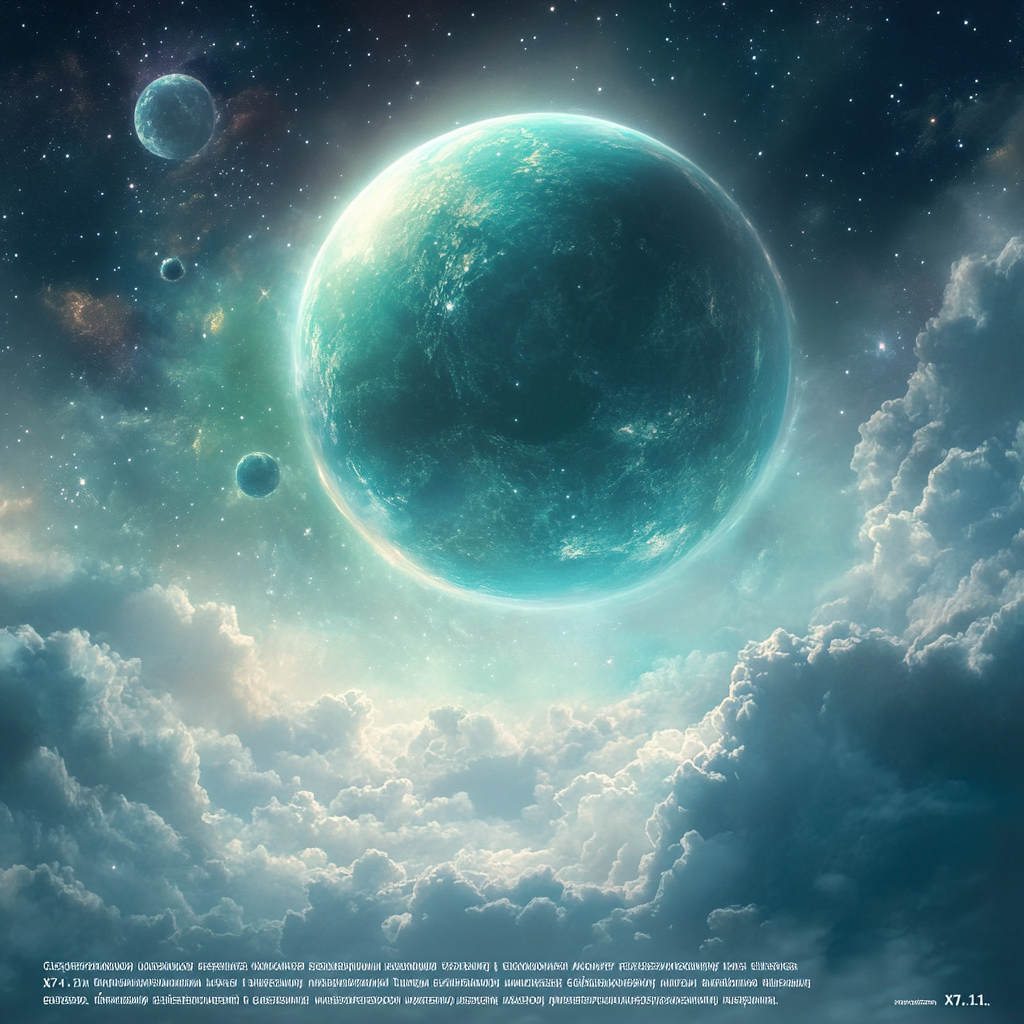
“Massive Solar Flare Sparks Intense Auroras”
On October 1, 2024, the Sun threw a temper tantrum that shook the very fabric of our cosmic neighborhood. Touted as the flabbergasting X7.1 solar flare, this fiery eruption isn't just an ordinary hiccup in the grand scheme of Solar Cycle 25; it’s a sensational headline maker, defined by intensity and unpredictability. This prominent flare erupted from the notorious sunspot group AR3842—definitely not a picnic spot on the celestial map. It’s also worth noting that this was the second most spirited flare of the cycle, trailing behind the X8.7 flare of May 14, which holds a special place in the solar flare hall of fame, or perhaps the hall of infamy.
So what exactly is an X-Class flare? Think of it as the equivalent of a cosmic hurricane about to pummel the solar system. The classification system for solar flares works like an intense game of categorization bingo, where X-class flares reign supreme. The X7.1 is a heavyweight contender, packing a punch that makes M-class flares look like mere paperweights. With an astonishing intensity ten times that of the M-class, the X7.1 has proven yet again that the universe is the ultimate hype machine. The higher the number, the more potent the flare—imagine the X-class being the VIP section at a wild cosmic party!
Now, let’s dive into the immediate chaos this flare set off. First stop: radio blackouts! Those witty folks relying on high-frequency (HF) radio signals in sunlit parts of the Earth had their party crashed. Regions over the Pacific Ocean, Australia, and parts of Asia-Pacific experienced a groggy, sudden silence as the flare’s radiation stormed through and ionized the upper atmosphere—not the best time to rely on your favorite radio station. Picture a band playing its hit song only to be drowned out by an exasperated cosmic DJ spinning unwelcome records.
But wait, there’s more! This solar flare didn’t come solo; it arrived with its fiery sidekick, a coronal mass ejection (CME) that sent shockwaves of solar plasma and radiation barreling toward our humble planet. You might be wondering why that’s significant. Well, it's quite possible this CME could collide with Earth and unleash a geomagnetic storm that holds the promise of lighting up our skies in a dazzling display of auroras. Imagine a celestial dance-off where the sun and Earth engage in an electrifying contest of light!
Now, here’s where things get really exciting. When that CME touches down, brace yourself for geomagnetic storms that could supercharge the auroras. If you’ve ever gazed in awe at the Northern Lights (aurora borealis) or the Southern Lights (aurora australis)—those shimmering ribbons of color that seem to craft a postcard from another world—you know it’s a sight to behold. And guess what? The upcoming geomagnetic storm might just stretch those captivating auroras to places they’ve never been seen before. Illinois and Oregon—yes, you heard that right—may find themselves bathed in magical celestial colors. But let’s not forget—cloud cover and visibility will still be the cosmic gatekeepers to this mesmerizing display.
As we turn the page to the broader context, let’s not skip over the backdrop of Solar Cycle 25. We’re inches away from the solar maximum, the extravaganza at the end of the sun’s approximately 11-year party cycle. More high-energy sunspots, more frequent solar flares, and—plot twist—an unexpected uptick in solar action that’s catching our scientists off guard! They predicted a quieter solar maximum for next year, but we know the sun loves a surprise more than a magician. This year alone has gifted us with 41 X-class solar flares, a number that eclipses the combined total of the previous nine years. Talk about a solar workout!
The specter of these frequent flares opens the door to thrilling possibilities, some of which may lead us down a perilous path reminiscent of the Carrington Event of 1859. That historical megastorm turned the Earth into a brilliant stage for auroras but also wreaked havoc on telegraph systems—serving as a stark reminder that such intense solar activity can disrupt our cherished ground-based infrastructure and satellites. Just imagine the chaos that might ensue if a similar event were to occur today! It’s a vivid reminder that while we enjoy the beauty of auroras, there’s also a lurking shadow behind their dazzling light.
For those of you eager to traverse this electrifying terrain of space weather, there’s no shortage of resources. Grab your smartphone and download a space weather app like “My Aurora Forecast & Alerts” or “Space Weather Live.” These handy tools will become your personal oracle, providing real-time updates and forecasts based on your unique location.
So there you have it—the unbelievable tale of the X7.1 flare and its cosmic antics! As we wade into this exciting period of increased solar activity, let’s savor the beauty it brings to our nights while keeping a careful eye on the consequences it comes with. The sun is like that exciting, unpredictable friend who always keeps you on your toes; one moment you’re admiring the beautiful aurora, and the next, you’re left wondering how many more surprises it has up its fiery sleeve.
Want to stay up to date with the latest news on solar flares and space weather? Subscribe to our Telegram channel: @channel_neirotoken
Remember, the skies are about to get a lot more interesting!

